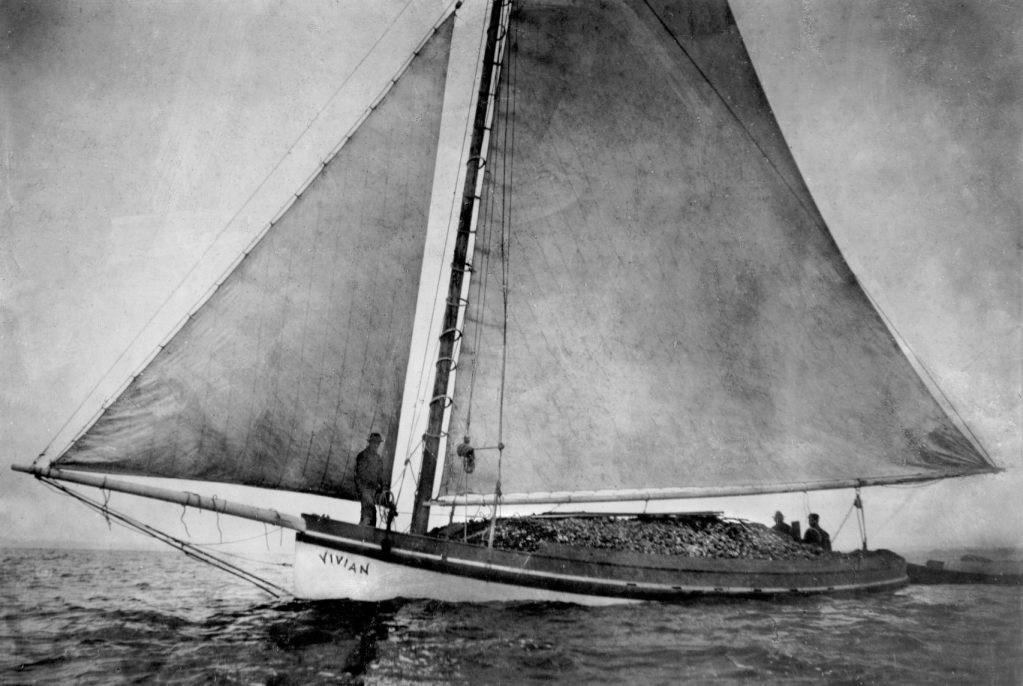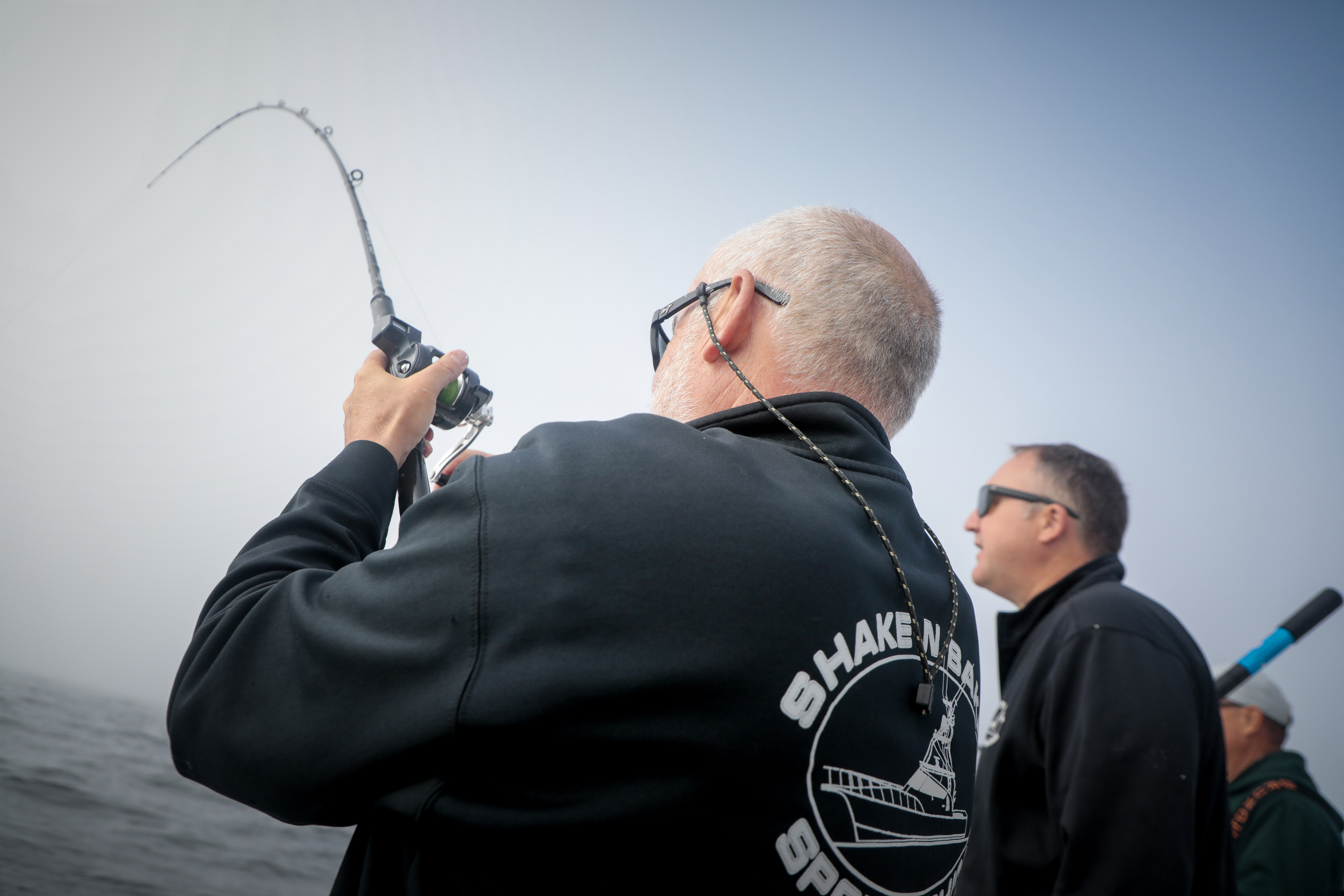Saints or Sinners? Characters of Pacific County: Mrs. Smith, the Baby-Finder
Published 1:46 pm Sunday, October 1, 2023

- In her baby-finding trips, Mrs. Smith travelled to various bay settlements by plunger such as Meinert Wachsmuth’s Vivian pictured here. These sloops, adapted for shallow waters, were the “work horses” of early Shoalwater Bay, mainly in the oyster business, but also transporting freight, mail, and the occasional passenger.
During Pacific County’s first two or three decades, there were few doctors in the area and for most maladies and injuries the early settlers relied on home remedies and their own collective experience. And pure grit. Sometimes, even in the “normal” course of events however, that simply wasn’t enough.
Trending
When my own great-grandmother, 19-year-old Julia Espy was ready to deliver her first baby in 1871, there was only one doctor in the entire Shoalwater region. He was located across the bay in the Bruceport area and, by the time he was needed in Oysterville, he was off in the woods somewhere attending to a case of smallpox.
It fell to the neighbor ladies to deliver Julia’s firstborn. They had to use “distressing methods” which meant, it was whispered in the family, that the infant had to be dismembered in the womb in order to save 20-year-old Julia’s life. Over the next 15 years, Julia would have seven more children, all healthy, and according to family lore, ever after that first experience, her husband Robert made arrangements for the services of a doctor or a midwife well in advance of her due dates.
In 1873 (two years too late for Julia), Mrs. Lucy Smith arrived. A widow from Nova Scotia, she and the youngest three of her nine children joined her eldest son, Isaiah, in the Naselle area. On his homestead along the Naselle River, he had built a log cabin for them on a knoll which, at high tides, was known as “Smith’s Island.” (Nowadays it can be located by looking directly across the Naselle river, from the junction of Highway 101 and Highway 4.) When Mrs. Smith and her family arrived, she was the third white woman to settle in the Naselle valley.
Trending
She attended the births of most of her own grandchildren and one family story which survives told about Hannah Shagren “coming up the creek to have her baby at Ma’s house. He was born that night — a baby boy! When Ma brought him into the bedroom for May and Ada to see, he didn’t look like much of anything — scrawny and wrinkled. But Ma said enthusiastically, ‘See what Aunt Hannah got last night. Ada has a new baby brother!’
“May rose up and peered into the baby’s face. ‘I’m going right down and get Annie so she can come up and get one, too.’ They were told that the baby came from the old chicken house stump. They didn’t wait to eat but went barefoot and prodded around the base of the old, decayed red stump. They had no luck to speak of.”
From the time she arrived until her death nineteen years later in 1892, Mrs. Smith became the most sought-after midwife in the region. No record exists that she ever lost a baby or a mother during childbirth. Nor did she pamper expectant mothers. They were to continue their usual line of work to keep in shape for childbirth.
Since babies came “willy-nilly — when they were expected and when they weren’t” — Mrs. Smith visited in a home from three weeks to a month to “find a baby.” She was in great demand. Those she “visited” included the Rhodes in Bay Center, the Loomises, J.A. Clarks, Charles Nelsons, and Moreheads on the Peninsula, and families in Bruceport, as well.
She was often paid in pork, potatoes and other foodstuffs instead of money and was in such demand that it was said she required that her services be reserved a year in advance of a baby’s due date!









